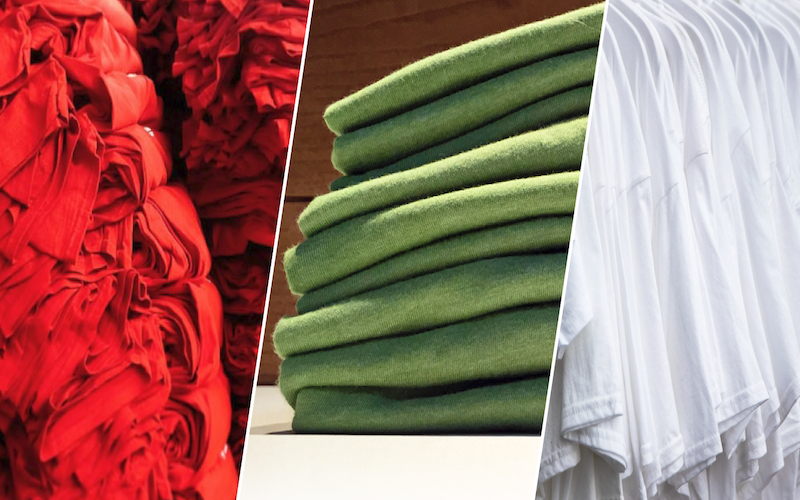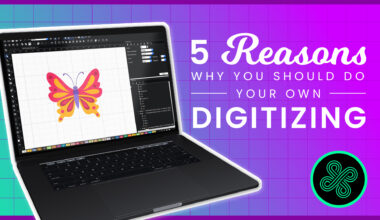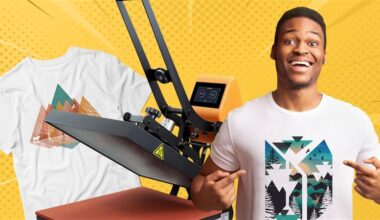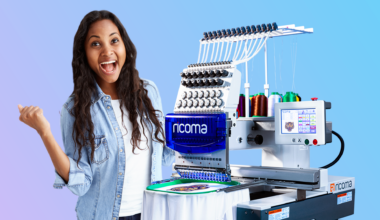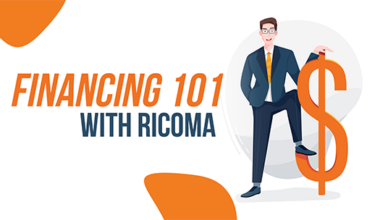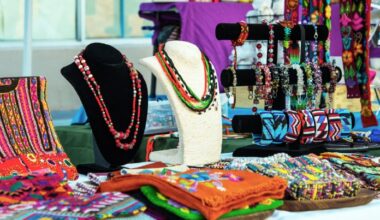So you got a huge order (more than you ever have before) and you just don’t know where to start to price it.
Well, it looks like you got your first bulk order.
Everyone has a different method or system in place for handling an order like this.
Here are some of our quick tips for quoting your next bulk order, so that you don’t underprice your work:
- Take into account overhead costs
- Charging a set-up fee can help you profit
- Implement a tiered-pricing system
These tips will help you take into account labor, quantity and costs of supplies to effectively price your next bulk order.
#1: Take into account your overhead costs
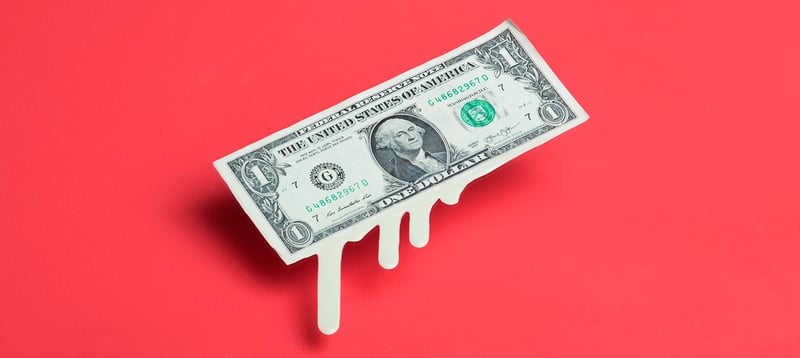
Before we jump into trying to price for each specific item in your bulk order, we first need to take a look at your overhead cost. This includes:
- Rent
- Materials
- Employee salary
- Shipping fees
- Machine maintenance
These fees are usually any cost that is recurring in a given month, and doesn’t vary much from month to month.
It is crucial to factor in these costs into all of your orders because at the end of the day, your orders need to be able to cover your business costs.
Now, let’s look at an example:
- Rent: $1,500
- Materials: $1,000
- Employee salary: $500
Just from those three costs, you know that you have to make a minimum of $3,000 in embroidery orders, in a month, to be able to breakeven and cover your overhead costs.
When pricing your work, make sure to include an extra percentage per item, in order to secure a higher profit.
If you charge the retail price of the item, and only add a small fee for the embroidery, you may end up only breaking even, or not reaching the threshold at all.
Always price a little higher than your costs so that you can profit on your investment.
Let’s say you spend $1,000 on garments.
Bump the price of each individual item, so you can profit off your order and make back more than what you spent.
This is why it is important to chart out what your monthly expenses are. You need to be sure that what you’re charging for your orders will not only cover your overhead costs, but is reflective of the time and energy you put into the job.
#2: Charge a one-time setup fee
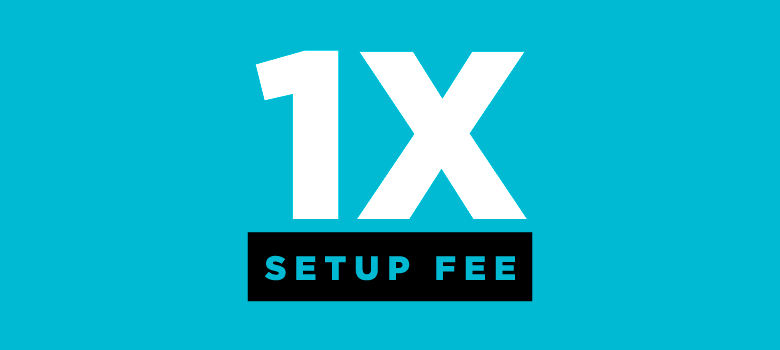
A key way to ensure that you are making a profit off the work that you’re doing is by charging a one-time setup fee.
A setup fee accounts for the cost of preparing artwork, hooping the garments, threading the machine with the correct colors, and any other tasks that require setup time.
A setup fee can work in two ways:
- You can add it to the price of each individual item.
- You can add the setup fee as a separate cost. This will take into account the process and materials as a whole.
A bulk order can be anywhere from 11-100 items or more. You can imagine that it is going to take a lot of time and labor to complete the order, so you will need a setup fee to cover this “cost.”
The prices of each order (based on order size) is going to be different, as well:
- Regular price (1-10 items): ~$20.00 per shirt
- Bulk price (11+): starting from ~$18.00 per shirt (10-15% discount)
Breaking down an example is a good way of understanding how to use a setup fee:
- Customer places an order of 50 items @ $16.00 per shirt = $800
- Charge a setup fee: $50 (normal starting point for large orders)
- $800 (50 shirts) + $50 (setup fee) = $850
In this scenario, the shirts were given a reasonable price (based on volume) and a $50 setup fee was added on top to account for time, labor, and material costs.
Setup fees of $50 or more are usually charged for larger orders. People are generally okay with this because since they are purchasing more items, the price of each individual item actually becomes cheaper.
Now, we have to take into account how much you paid for the materials, which will then tell us your overall profit off this order.
Say the wholesale price of the shirt was $5 @ 50 shirts= $250 (cost)
- $850 order total – $250 cost = Profit of $600 (since $50 was added as a setup fee)
As you can see, adding a setup fee added an extra $50 onto your final profit. Without it, you would have profited $550 instead of $600.
If you want to know more about the two different methods for determining your setup fees, check out this video where we share what’s considered best practices for your embroidery business.
#3: Use a Tiered Pricing System
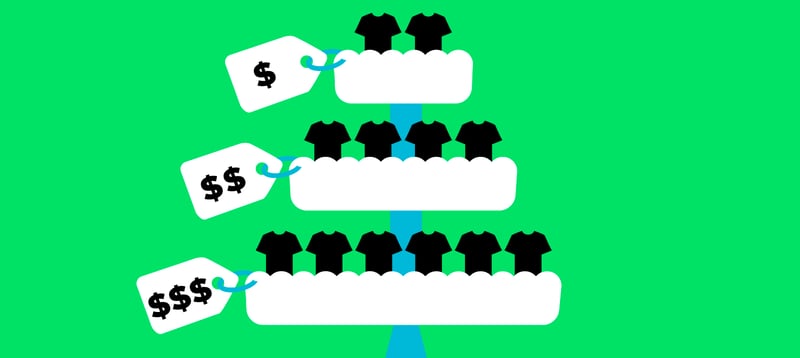
A tiered pricing system shows you how much you should charge, depending on the volume of the order. This is another effective pricing strategy for bulk orders.
Usually a tiered pricing system will have about five tiers, depending on your original price point and how many items you can efficiently complete, in one order.
For example, if the order is 1-10 polo shirts, you can sell it for the price of your first tier, which is considered your original price before discounts ($20 for example).
Here is how the rest of the tiered pricing system may look, as your order volume starts to increase:
- Second tier: 11-30, reduce the price by 10 to 15% (about $2.00 off per garment)
- Third tier: 31-50, reduce 20% (about $4.00 off per garment)
- Fourth tier: 51-99, reduce 25% (about $5.00 off per garment)
- Final tier: 100+, reduce 30% (about $6.00 off per garment)
This chart can act as a guide for you to give a quick and accurate price.
Note: Your original price should be high enough that you don’t end up with a very low price per shirt, as the order becomes higher.
Don’t place your original price at $10, and have to reduce it down 50%, if the person is ordering a bulk amount. That would only be $5 a shirt, thus making no profit (if wholesale shirt costs $5).
If a customer comes to you and wants to buy 60 shirts, look at your tier chart to see the price for the number of items in that specific range.
According to the above chart, we should reduce the original price by 25%. Since the original price started at $20, take $5 off per garment, bringing it down to about $15 per shirt.
The order would come out to $900 (60 shirts x $15/shirt).
Granted, this won’t take into account the setup fee, so you will have to add that cost on top of the bulk price.
Now, determine your cost, to get your profit:
- The cost of the shirts (normally $5 wholesale): $5 x 60 shirts= $300
- $900 order total – $300 cost =
- Profit: ~ $600 (without setup fee)
Setup fees and individual shirt prices are dependent on your time, labor, number of heads, etc. While this is a reasonable scale to work with, the discount you come up with will be different based on your current situation.
Someone with a multi-head machine may be able to charge a smaller setup fee than someone who only has a single head.
Also, comparing your prices to other companies may not be the correct way of bulk pricing.
Most companies that are offering garments for a very low price are able to do so because they own multi-head machines and have multiple people running the production.
Pricing the same number of items for the same amount as these companies will result in you losing profit. Click here to watch the video where we explain why some embroiderers can charge less.
Bottom Line
Bulk order pricing, if not done accurately, will result in either breaking even or not making a profit at all.
Many people struggle to price for these type of orders because there are just so many items, materials, and time involved, that it could get confusing.
If you take the time to look at your overhead costs, add a setup fee where appropriate, and create your own tiered pricing strategy, you are more likely to quickly provide an accurate price to your customer.
We hope this blog has given you a better understanding of how to price appropriately for bulk orders, to maximize your profit potential.
Now, we want to hear from you! Share in the comments how you determine your price for bulk orders! What tactics have helped you in the past? You can also leave a comment in our Facebook group, Embroidery & Printing Business Help!
The #1 Factor in Determining Profitability: How to price for maximum profit in the embroidery business
Are you an entrepreneur, fashion lover, or embroidery enthusiast interested in starting or growing a profitable embroidery business? Do you want to be successful?
To guarantee maximum profit in your embroidery business, we’ve put together a webinar discussing the #1 factor in determining profitability. You will learn everything from achieving optimal profit margins for your products to common myths that are costing you money.
